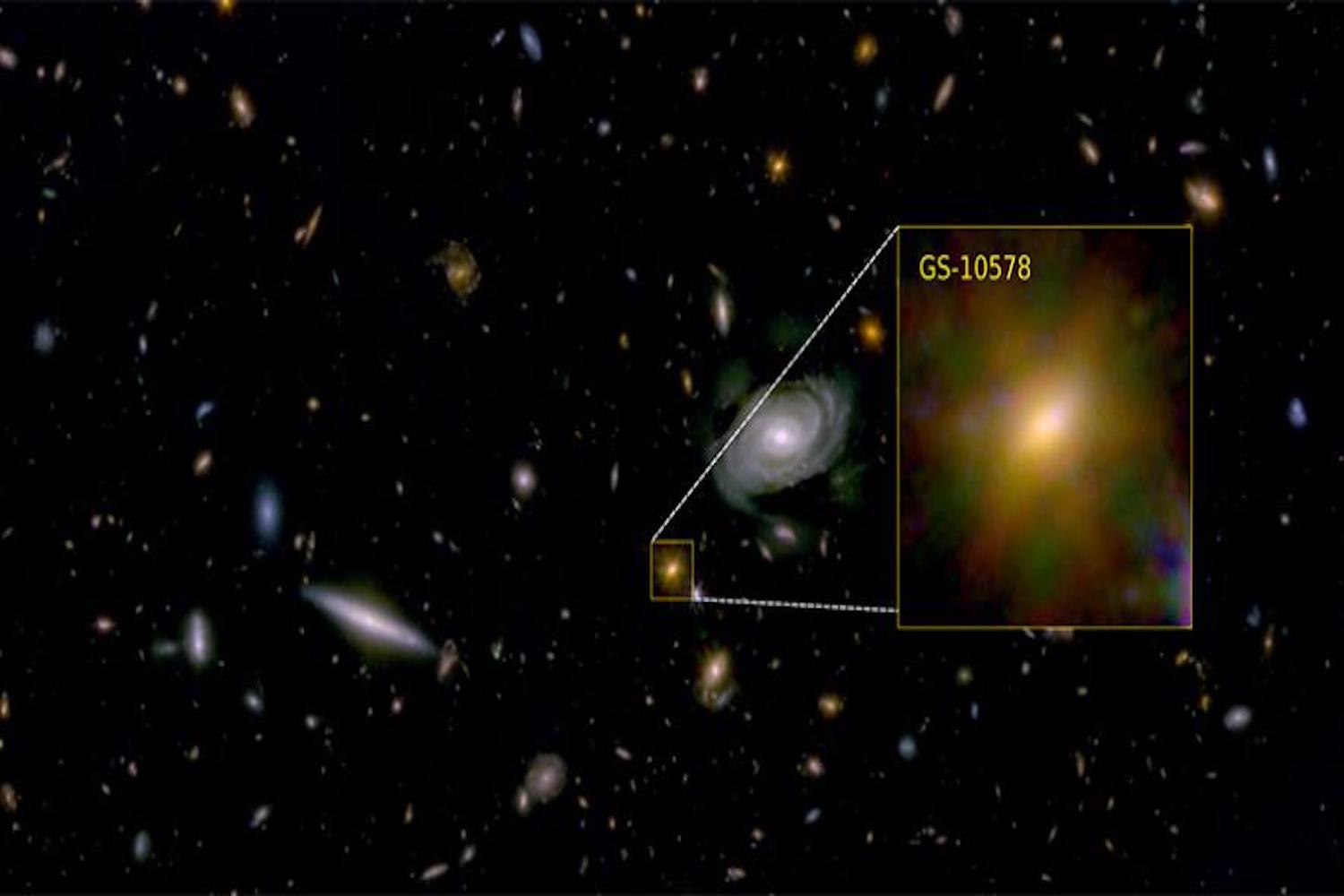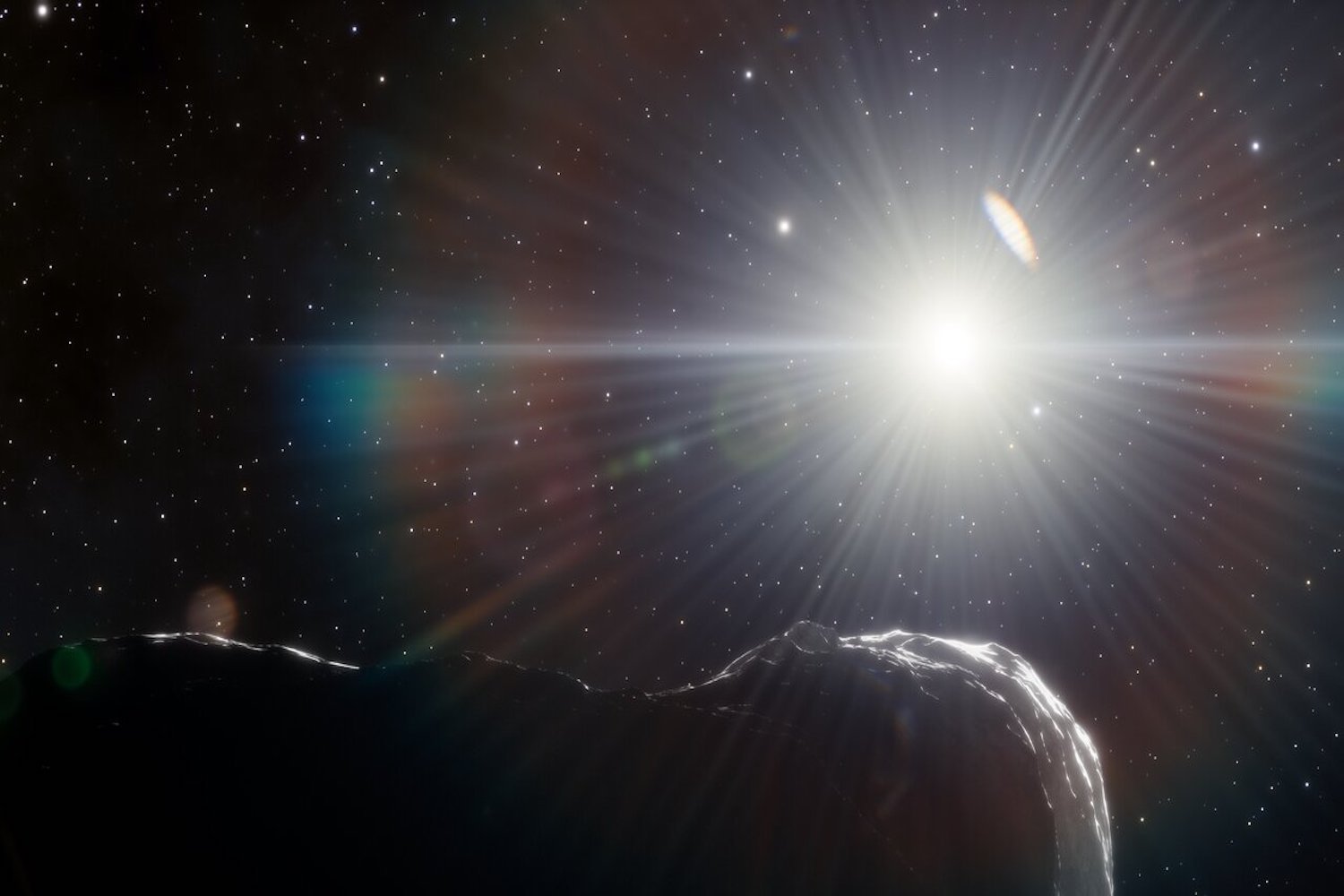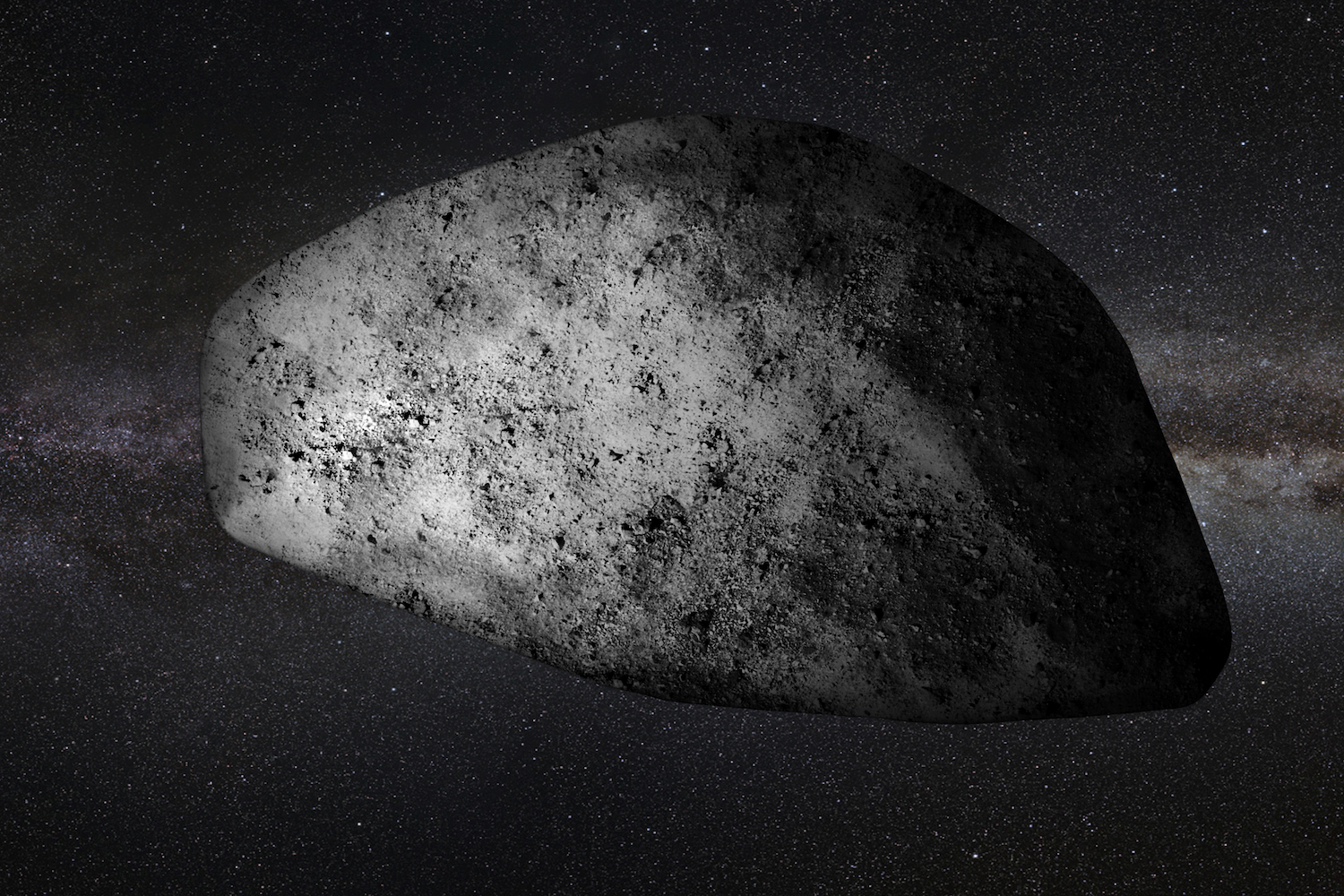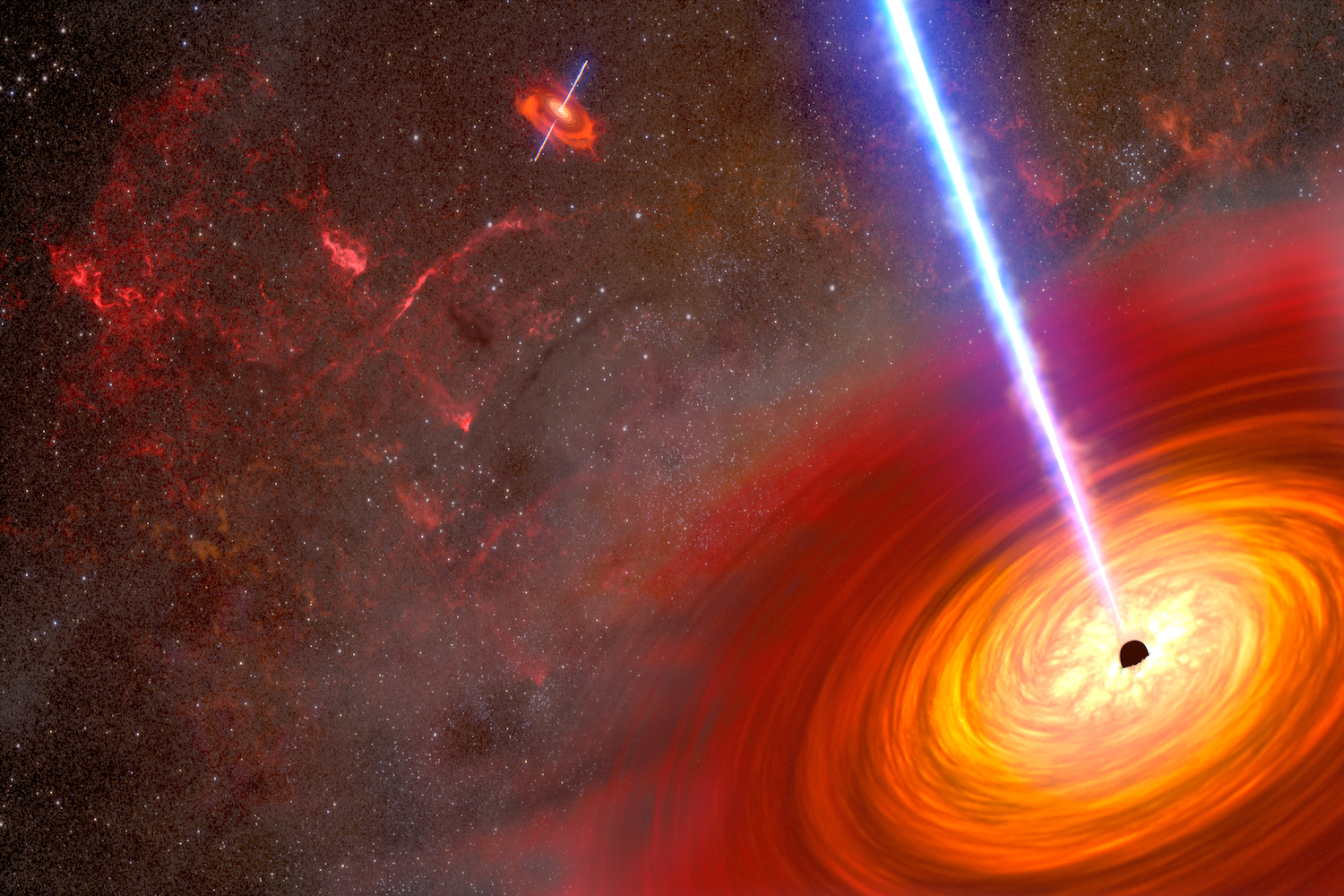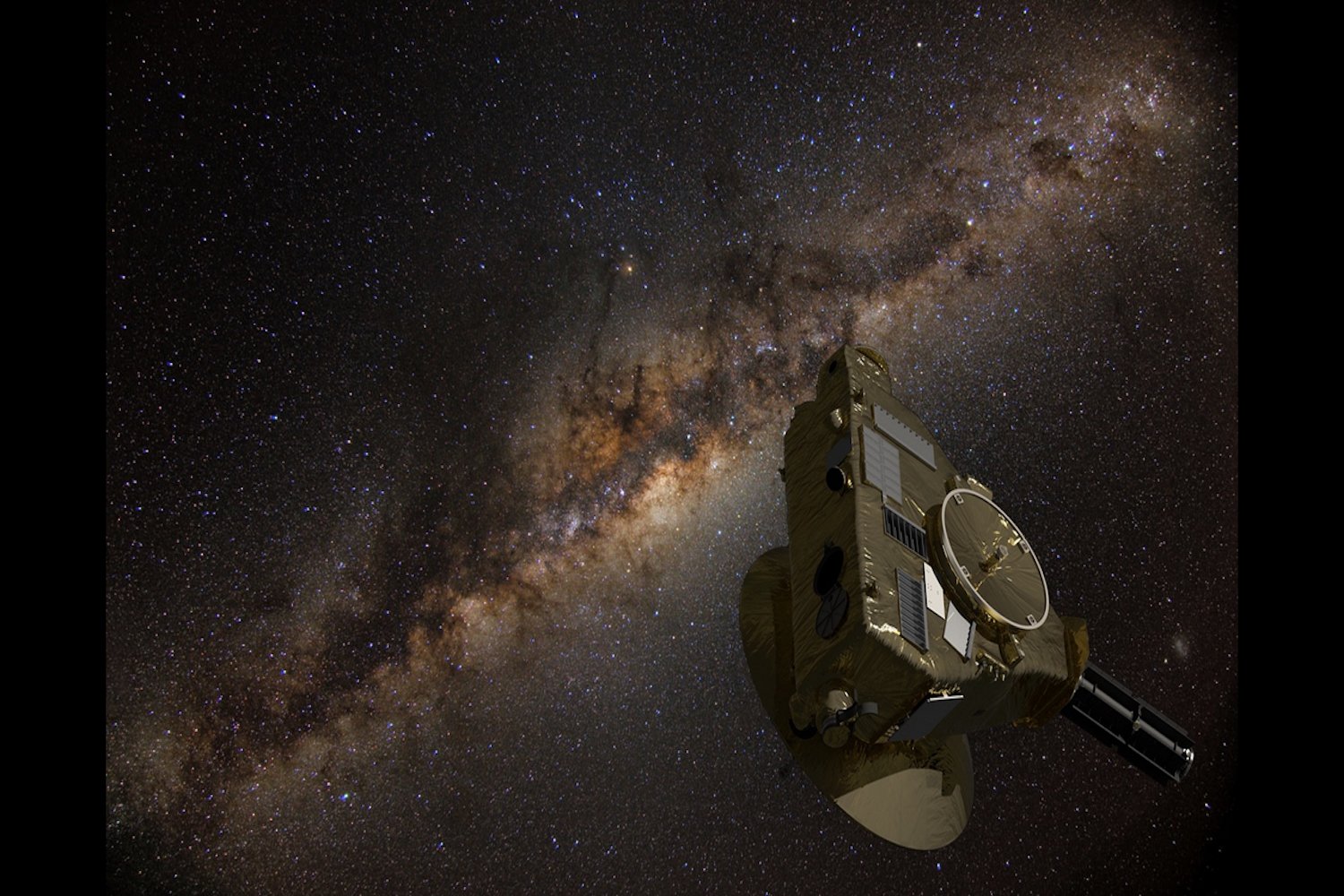Stars may be spherical, but that doesn’t mean they explode in a symmetrical and uniform fashion. As a new study shows, stars dramatically writhe and contort before going supernova, blasting their cores in one direction and ejected material in another.
Supernova 1987A (Credit: ESA/Hubble/NASA).
The new study by astrophysicists from UC Berkeley and the California Institute of Technology in Pasadena is offering the first direct evidence that Type II supernovae, or core-collapse supernovae, are inherently asymmetrical. The results of their work now appear in the journal Science.
To find this evidence, the scientists studied Supernova 1987A, a stellar explosion located 166,000 light-years away. Previous analyses of this explosion hinted at the possibility that Type II explosions are asymmetrical, but by scanning the spectral composition of 1987A with the NuSTAR telescope, the researchers were able to probe the supernova engine and construct a temporal portrait.
Critical to the confirmation was the mapping of titanium-44, a radioisotope the scientists are calling the “smoking gun.”
“Titanium is produced in the very heart of the explosion, so it traces the shape of the engine driving the disassembly of the star,” noted Fiona Harrison in a statement. She’s the principal investigator of NuSTAR at CIT in Pasadena. “By looking at the shift of the energy of the X-rays coming from titanium, the NuSTAR data revealed that, surprisingly, most of the material is moving away from us.”
Spectral data captured by NuSTAR shows that titanium-44 is travelling away from us at a velocity of 1.6 million miles per hour (2.6 million km/h or 700 km/second). So during the explosion, ejected material must have been flung outward in one direction, while its compact core — a neutron star — was blasted off in the opposite direction.
Data from NuSTAR is allowing cientists to create a simulation of a Type II explosion. Here, the color represents the temperature of the gas as the star explodes. Hot bubbles blast through the shockwave ripping the star apart.
“These explosions are driven by the formation of a compact object, the remaining core of the star, and this seems to be connected to the core blasting one direction, and the ejected material, the other,” noted Berkeley’s Steve Boggs.
And because the radioactive titanium-44 that’s produced in these explosions glow in the X-rays no matter what, the astronomers weren’t concerned about how the environment influenced their observations, allowing them to visualize the material thrown out in the explosion.
Check out theentire scientific study at Science.


